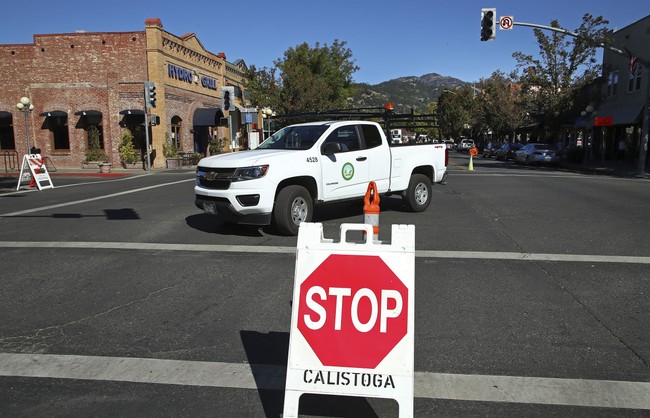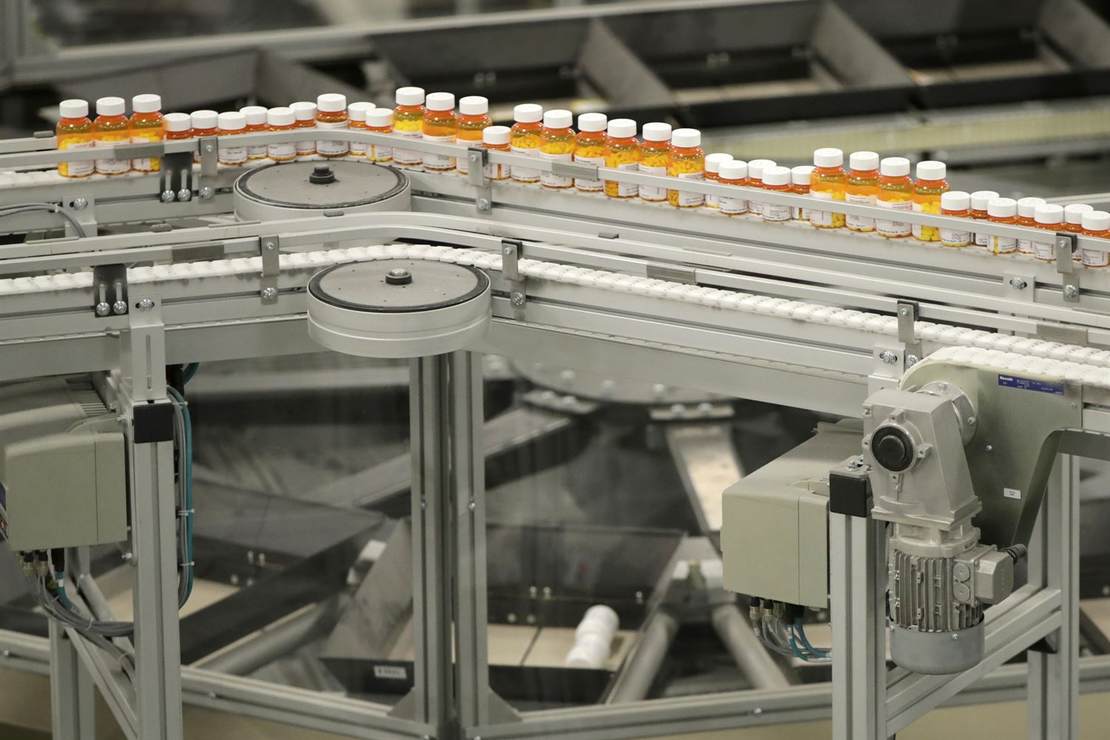
If we were to give you a magic wand and tell you that with a single wave, you could take one problem plaguing mankind today and simply make it go away, what would you choose? Perhaps high inflation, rampant crime, poverty, or war. All fine choices. But Daniel Pink at the Washington Post chose to go in a different direction… literally. In an opinion piece this week, he issues a call to eliminate or at least drastically reduce left turns. At first glance that sounded like a fine idea if he meant the ongoing lurches to the left among socialist-minded individuals. But no… he was talking about people literally making left turns in their cars. And he wants left turns to be banned. Not everywhere, mind you. But in busy cities with congested streets like Washington, D.C. where he lives. He notes that people turning left slow down traffic excessively and lead to more accidents. But is that true? And if so what would the impact on urban travel be?
Advertisement
My fair city is a case study in the problem — and a potential test bed for the solution.
Last year, Washington had the fifth-slowest car travel times of any city in North America, worse than Boston, Chicago or Los Angeles. During rush hour (which is obviously misnamed), D.C. drivers moved at an average speed of 14 miles per hour, forcing us to spend an additional 83 unnecessary hours in our cars over the course of a year.
Slower traffic can often mean safer traffic. But congestion and frustration, spiced with ubiquitous smartphones, turns out to be a toxic brew. Last year, D.C. recorded its most traffic deaths in 16 years. Nationwide, pedestrian deaths have been climbing since 2009 and have reached levels not seen since 1981.
All of that certainly sounds distressing to be sure. But how much of that slow traffic and carnage was specifically caused by people turning left in cities? Pink cites a recent study from the NHTSA indicating that there were more than nine million traffic accidents in America in 2022. Of those, eleven percent involved drivers engaged in making a left turn. That was supposedly double the number involved in making a right turn. Perhaps that is statistically meaningful, but it still only accounts for a relatively minor percentage of all accidents. A second study limited the data pool to accidents occurring at intersections. 62% involved people turning left. That’s slightly more than half, but that still leaves a lot of crashes unaccounted for.
Advertisement
Daniel Pink isn’t the only person thinking about this. A separate opinion piece in the Wall Street Journal makes the same case. People are suddenly in the mood to ban left turns in cities. While I avoid the larger cities these days as much as I possibly can, I will grant you that left turns are, on average, probably more problematic than right turns. If you have to wait for oncoming traffic or a signal light to change, you can hold up cars behind you. Commuting can be slowed noticeably. If we lived in a perfect world, we would find a way to avoid such inconveniences.
But that’s the problem. We live in the world we have. Not every destination you need to reach will always be located to the right of your current direction of travel. So if you ban the left turn, what are you supposed to do? Pink suggests at one point that instead of turning left, you instead turn right three times. Assuming you don’t run into any one-way streets, I’ll grant him that it’s technically feasible. But now you have lengthened the commute of everyone else who needs to make a left turn just for the convenience of the people waiting behind them. And would that really speed up the average flow of traffic all that much?
In New Jersey and a few other places, they actually did do away with left turns on many roads by installing traffic circles or roundabouts. At one time there were more than a hundred of them, but there are a couple of issues to consider. They were mostly located on state roads in areas away from towns because they take up a lot of room and can be confusing to navigate. You couldn’t build them on busy city streets. Also, it turned out that crashes were more common at roundabouts than intersections, not less, though the crashes tended to be less serious and the number of fatalities was lower. New Jersey also uses “jughandles” in places to manage turns. They definitely reduce collisions, but they also slow traffic.
Advertisement
At the end of the day, I don’t have a solution to offer here, but I’m pretty sure that simply banning left turns isn’t going to do the trick. City traffic stinks. That’s a fact of life. You could reduce many of these issues by widening the streets and adding left turn lanes at all of the intersections, but in many parts of D.C. and other cities, there simply isn’t room to widen them without taking out parts of the buildings. Even if you could, it would be a massively expensive infrastructure project that would stretch on for years. We can do better when planning future cities, but as for the huge population centers we have today, we may just have to deal with the traffic as well as we can and make the best of it.



